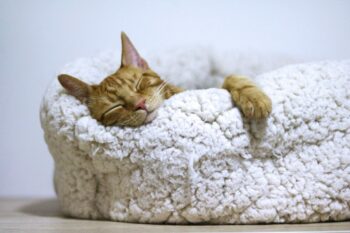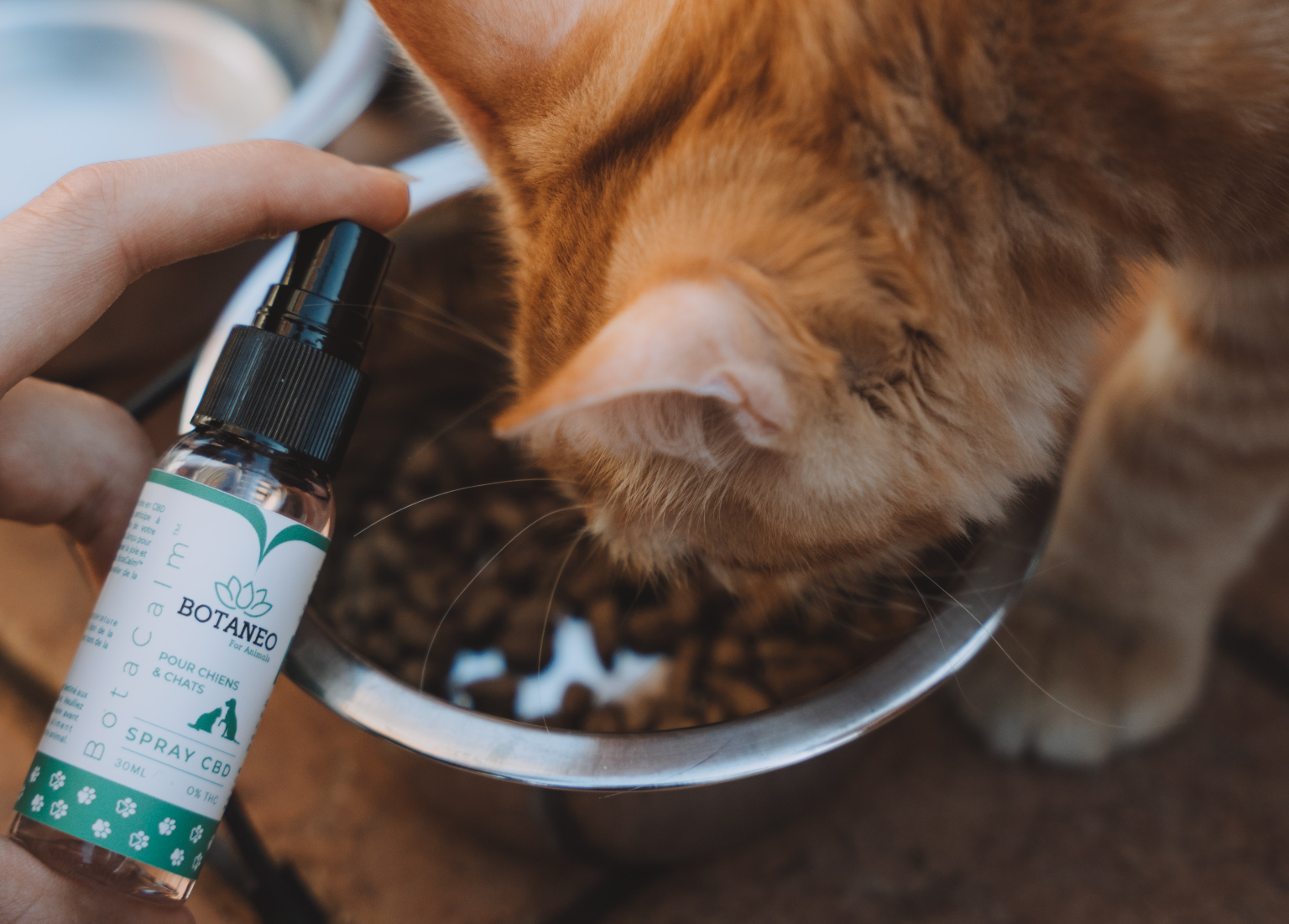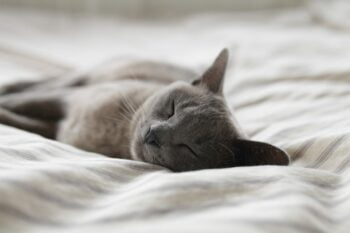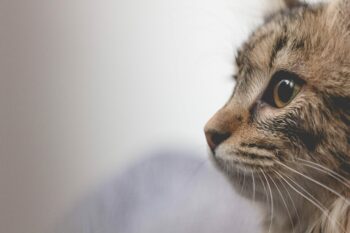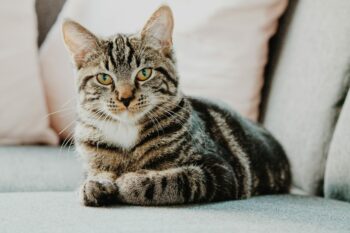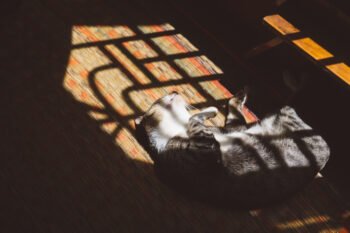There is no question that some breeds are more vocal than others. Anyone with a Siamese cat knows that this breed has a lot to say. Tonkinese cats, closely related to the Siamese, are also quite vocal. This strongly suggests that genes help influence how chatty a cat may be.
As for humans, social and environmental influences can also come into play. I used to work at an animal shelter. Many of the feral — or not very well-socialized — cats tended to be quiet. These more fearful cats likely grew up wary, or were raised by wary mothers. They learned to keep their mouths shut for safety reasons. A scared cat, be it a housecat or a wildcat, can “scream” or otherwise cry out loudly, but such sounds are not frequent.
Nicholas Nicastro conducted research at Cornell University on both domesticated and wildcat vocalizations. Most of the latter sound angry and harsh. We, however, likely influence the sweet meows and purrs of domesticated cats. Humans, he said, “have shaped cat vocal behavior by artificial selection.” Cats, on the other hand, “have evolved to exploit pre-existing human perceptual tendencies.” For example, we’re conditioned to provide attention to high-pitched crying babies. Cats produce similar cries, grabbing our attention.
I also think there is an individual component. Some cats, like some people, favor different means of communicating. A strong silent type might be more physical, for example. Such a cat might brush up against you, looking up longingly, without making a sound.
Vocalizations can also help you monitor your cat’s health. Cats that start to excessively meow, changing their behavior, could be suffering from hyperthyroidism or dementia. A lot of owners don’t realize this and make jokes about their suddenly loud, very vocal cat. If you detect such a change in your pet, a veterinarian visit is in order.

